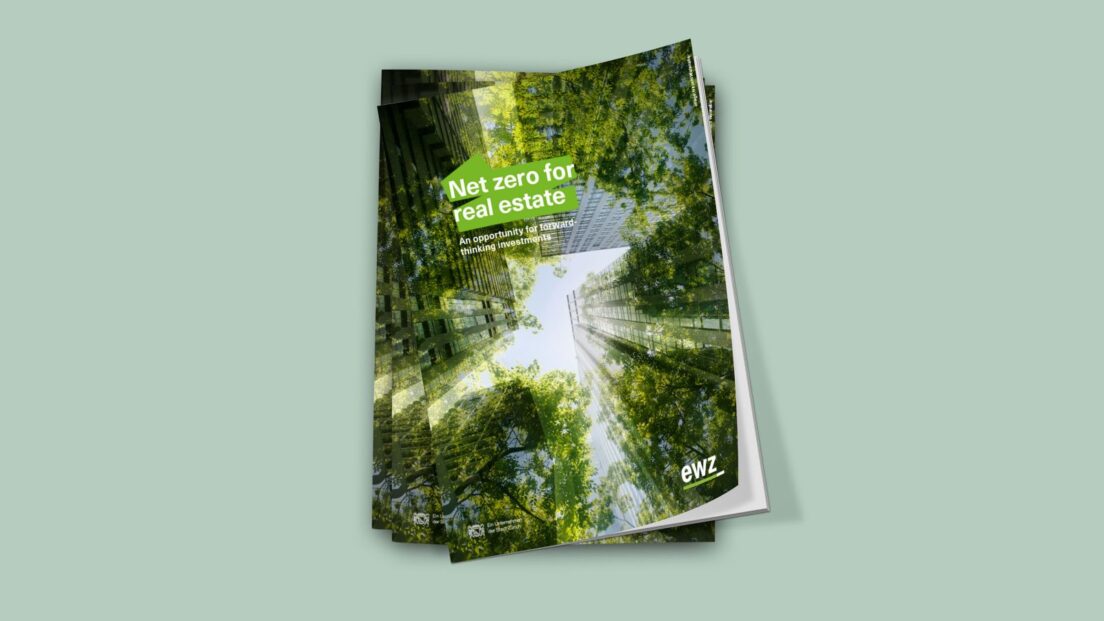Net zero: towards climate-neutral transport

The real estate industry needs to reduce greenhouse gas emissions quickly and significantly. Getting close to net zero is already possible by combining various approaches and measures. A new white paper reveals the key areas of action for planners and building owners.
The building sector is responsible for around 40% of global GHG emissions. The potential for reduction is accordingly great – and thus also the responsibility borne by those involved in the industry. To raise awareness of the urgency of rapidly reducing GHG emissions, it is important to know where and when a building emits GHGs throughout its life cycle and how these emissions can be reduced.
The climate-friendliness of a construction project begins with the architectural concept. Optimised geometry, a material-efficient building structure, opting for durable materials and compact structures all contribute to reducing emissions.
Today, very few construction materials are completely emission-free, but many are at least low-emission. These include building materials of biogenic origin such as wood, insulation materials made from renewable raw materials such as straw or cellulose, and climate-optimised concrete types. As concrete accounts for around 8% of global GHG emissions, it has a particularly large impact.
Many properties in this country are still heated with fossil fuels such as oil or gas. Suitable alternatives for low-emission heating include heat pumps, thermal grids and wood-fired heating systems. It is also important for roof and façade areas to be used for photovoltaics.

Exemples de projets réussis
Various examples show that net-zero construction works not only on paper, but can also be implemented in practice. At the Hobelwerk site in Winterthur, for example, the focus is on measures such as replacing concrete with timber structures or reusing components. Similar methods are also being used at the Greencity sector B6 (Vergé) [GRL1] in Zurich. In addition to the choice of low-emission materials, the use of renewable energy from ewz also contributes towards reaching the net zero objective. A third example is the new headquarters of Sonova Communications in Murten. Thanks to high-quality insulation and a large thermal storage mass, the building requires no active heating or cooling, making it operationally carbon-neutral.